Paint Fabric With Fusion Mineral Paint

by
One More Time Vintage
(IC: homeowner)
Did you know that you can use Fusion Mineral Paint to paint fabric?! Many fabrics can be painted with Fusion - everything from velvet and leather to burlap, damask and more! Furniture painters, home decorators, and mixed media artists are all discovering how easy it is to use Fusion's 100% acrylic, water-based paint to enliven and transform a wide variety of upholstery fabrics, as well as to create unique fabric art and home decor projects.
Take a look at how Refinished recently took this plain burlap ottoman from drab to fab with Fusion's Casement paint and Damask stencil.
(http://refinished.com.au/)
Take a look at how Refinished recently took this plain burlap ottoman from drab to fab with Fusion's Casement paint and Damask stencil.
(http://refinished.com.au/)
Having furniture upholstered can be shockingly expensive and doing it yourself can be labor and time intensive. Painting fabrics can often be a quicker and more cost-effective way to change the look of an upholstered piece of furniture.
Transformed with two coats of Fusion Mineral Paint in Inglenook by The Pink Bee Company!
Fusion Mineral Paint is actually great for high-traffic fabrics like couches and dining room chairs because it's waterproof and stain-proof once cured (cure time takes about 21 days). And because Fusion uses natural rather than synthetic pigments, it gives you greater depth of color as well as improved durability over time when it comes to withstanding common factors like UV light.
I could show you so many more examples of fabrics painted with Fusion Mineral Paint, but by now I'm sure you're wondering how you can do this yourself. It can be a little frightening at first to start painting a chair seat or sofa, but I promise that once you've completed your first fabric project you'll be ready for another one soon after. So let's get started!
Before You Begin
The chair seat and back, as well as the top of the little table beside it are painted in Algonquin and added Fusion's Illegible French Script stencil in coal black to the table. Once painted and lightly waxed the fabric on the chair resembled the look and feel of leather. It's not at all uncomfortable to sit on and hasn't shown the least bit of wear through a year's use. (Sorry, that I don't have any before pictures. Unfortunately, I'm usually too eager to get started on a project to remember to take them. I'm going to try to get better about that in the future!)
When purchasing the paint for your project, be sure to buy more than you normally would for the same surface area because fabric will absorb a lot of paint (like a sponge, really!), and you'll likely need to do at least two coats.
Let's Get Started
More Than Just Furniture
There really is no end to the possibilities of what you can do with fabric and Fusion Mineral Paint, so get creative have some fun!
Enjoyed the project?
Published January 1st, 2016 5:58 PM
Comments
Join the conversation
1 comment
-
 Jackie Burton
on Jul 16, 2017
Jackie Burton
on Jul 16, 2017
Fantastic, I have an old leather-ish trunk from my grandmother that is brown and the cats have scratched up. I hate to toss it so I think I will try to paint it with Casement and see if I can make it look new again.
-



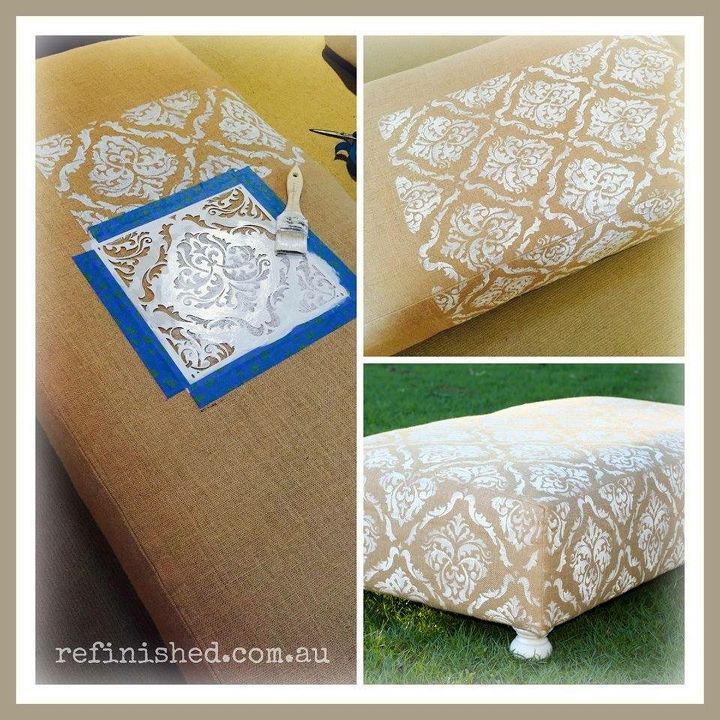









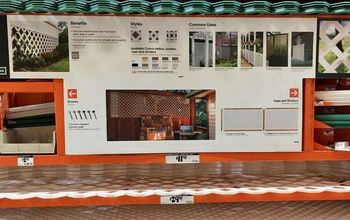
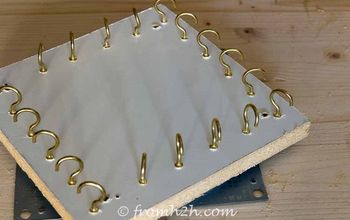



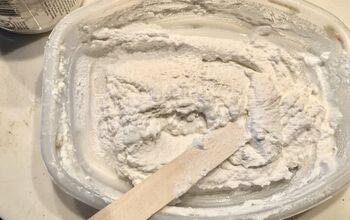
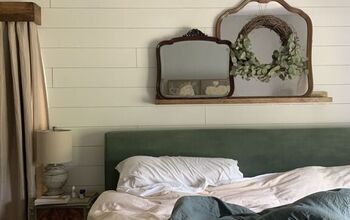
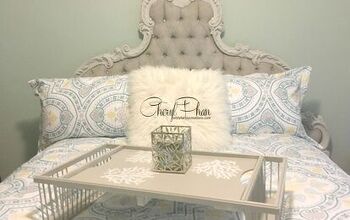
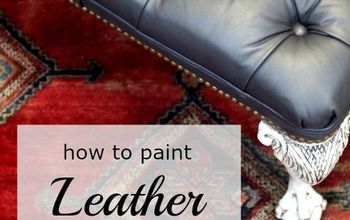
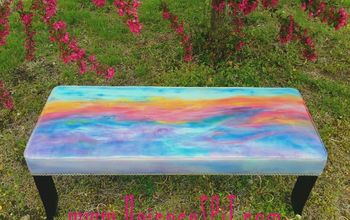
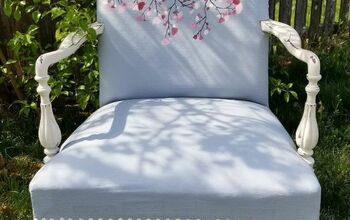


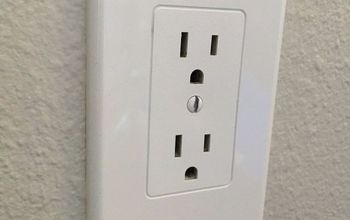


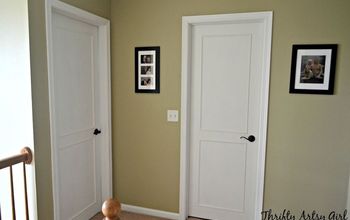
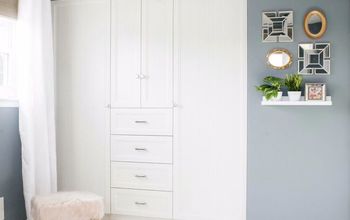
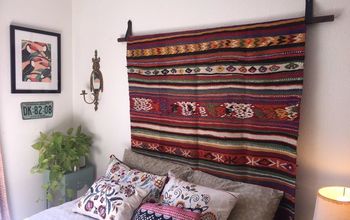
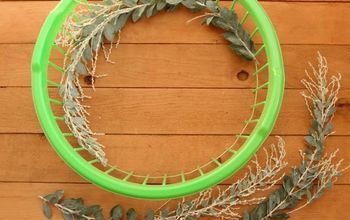
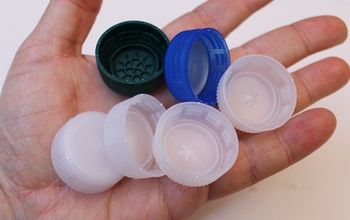


Frequently asked questions
Have a question about this project?